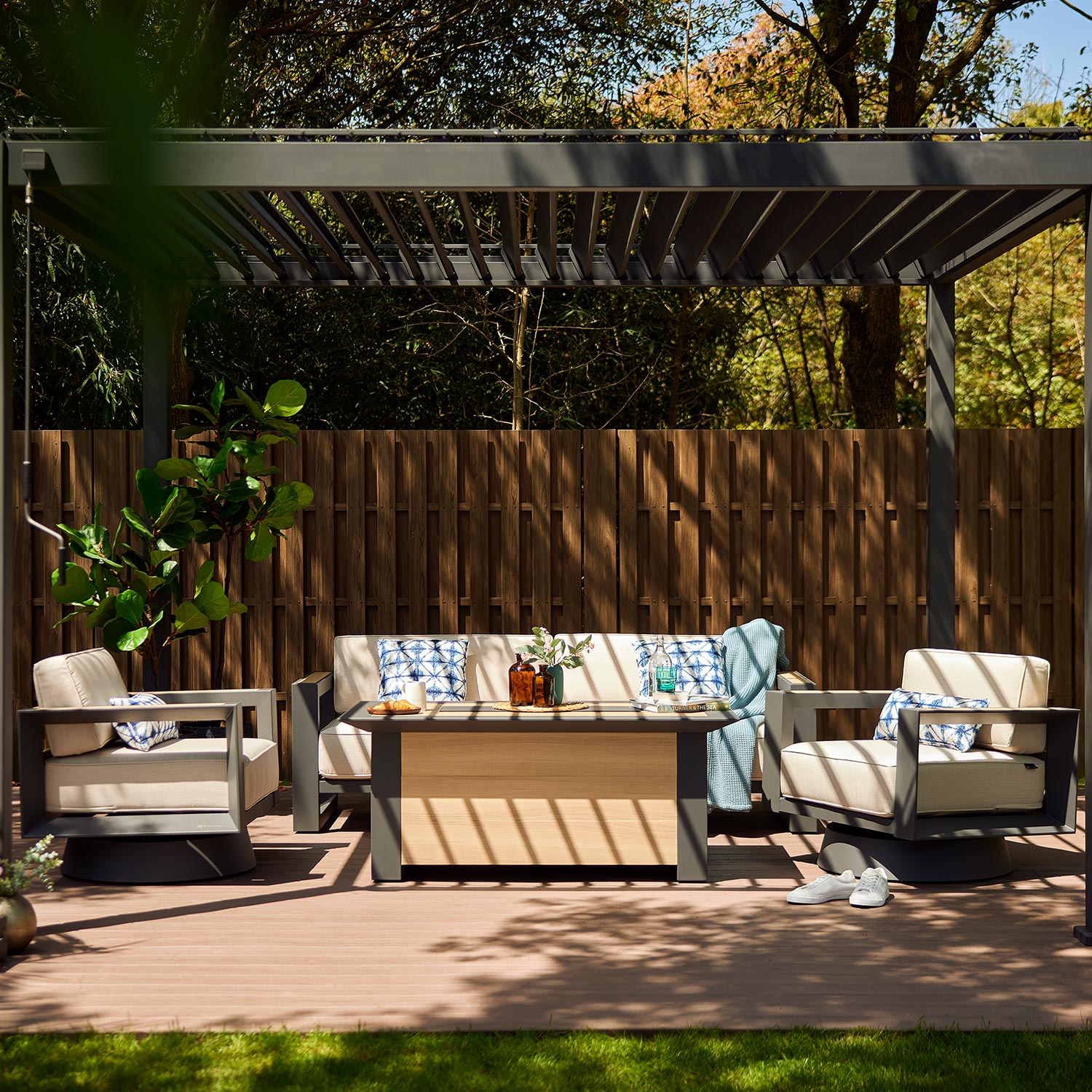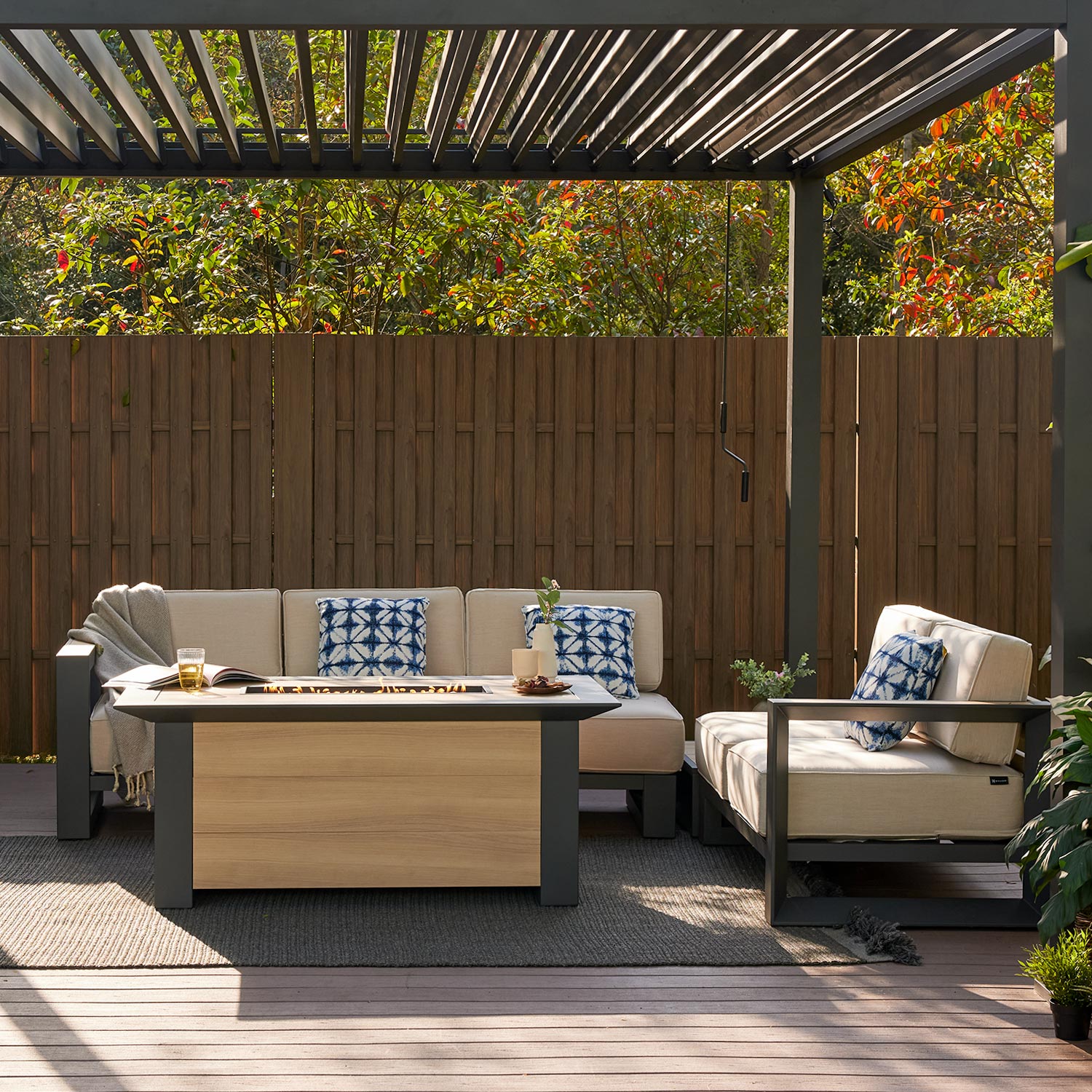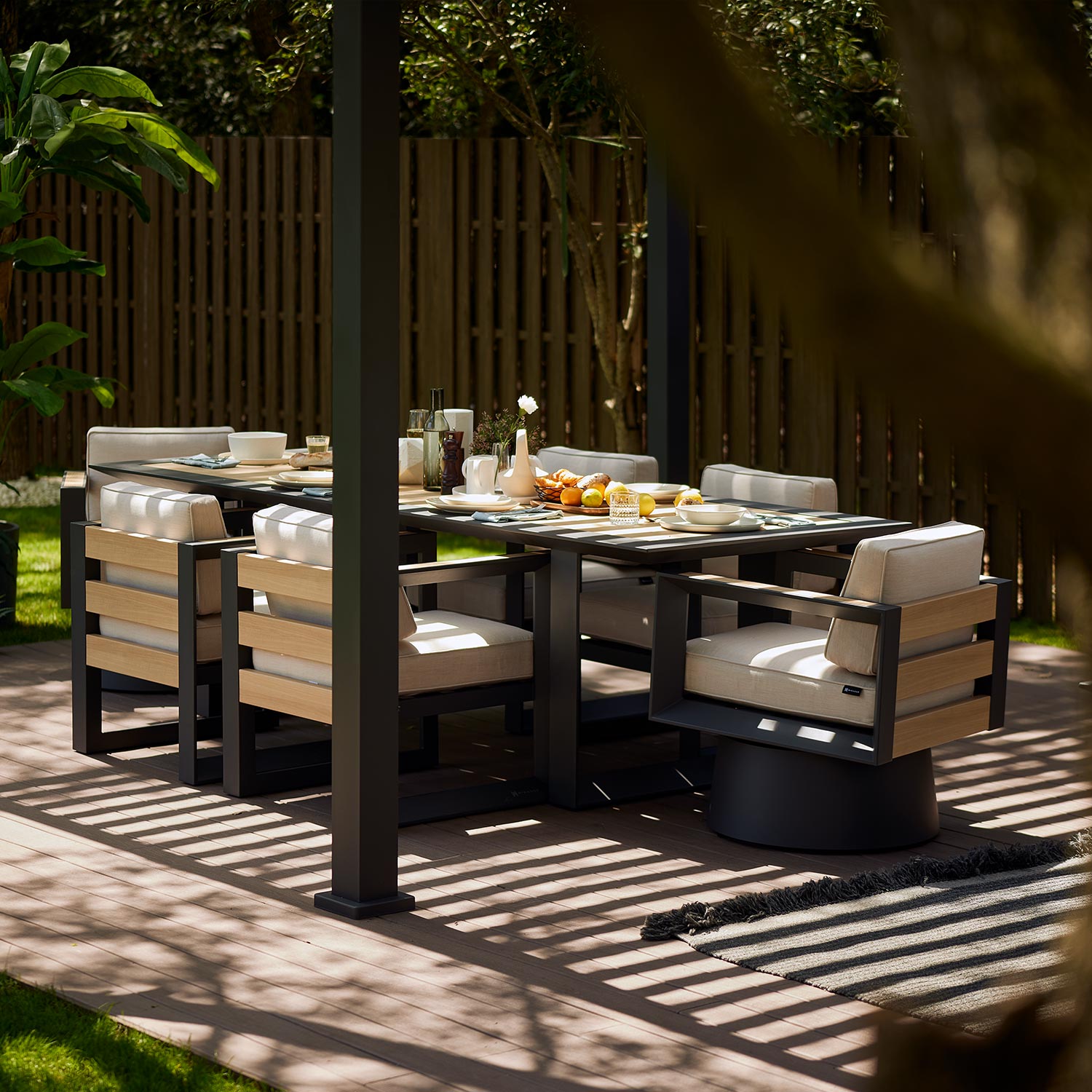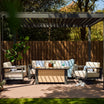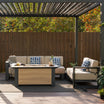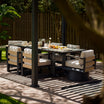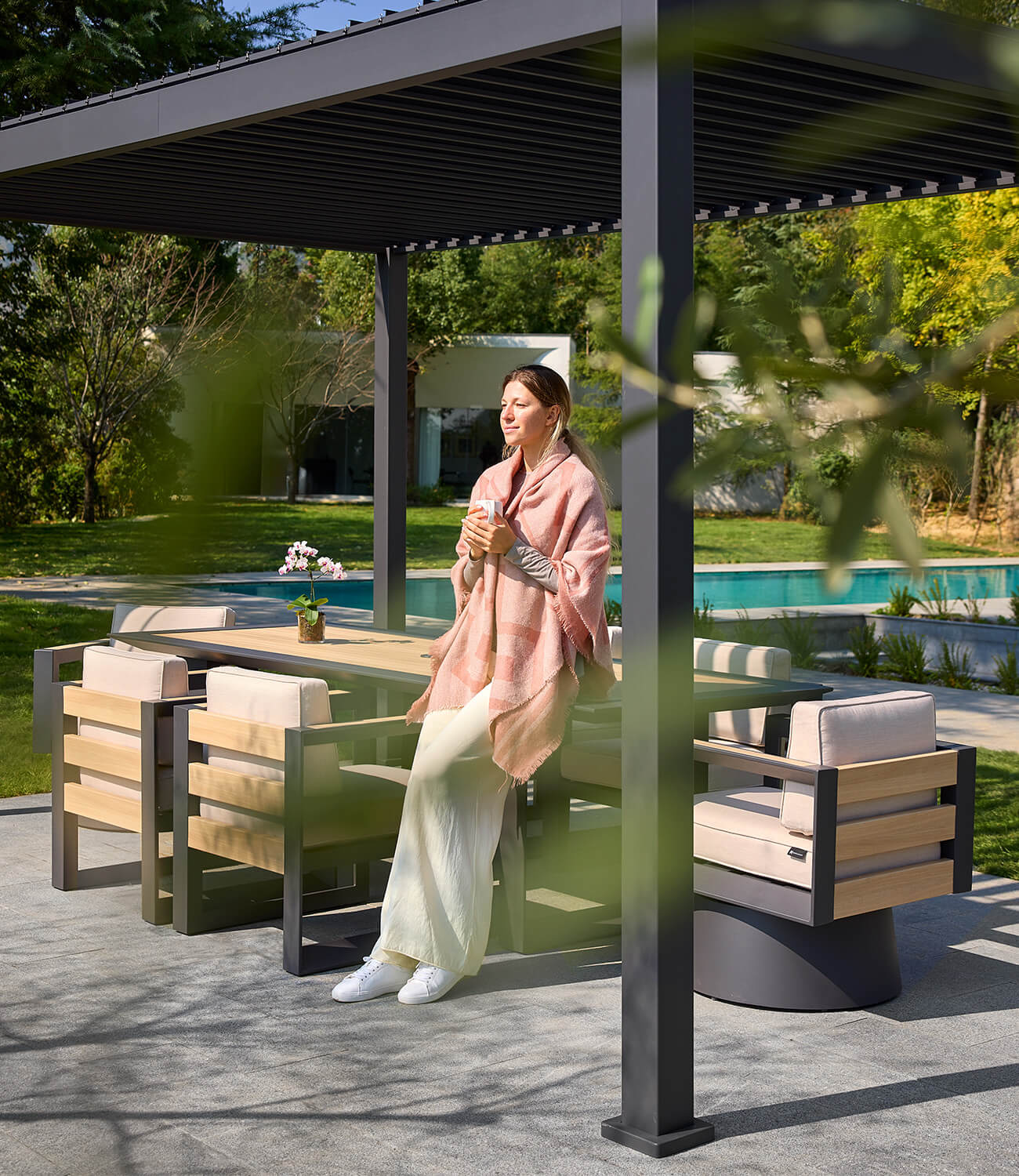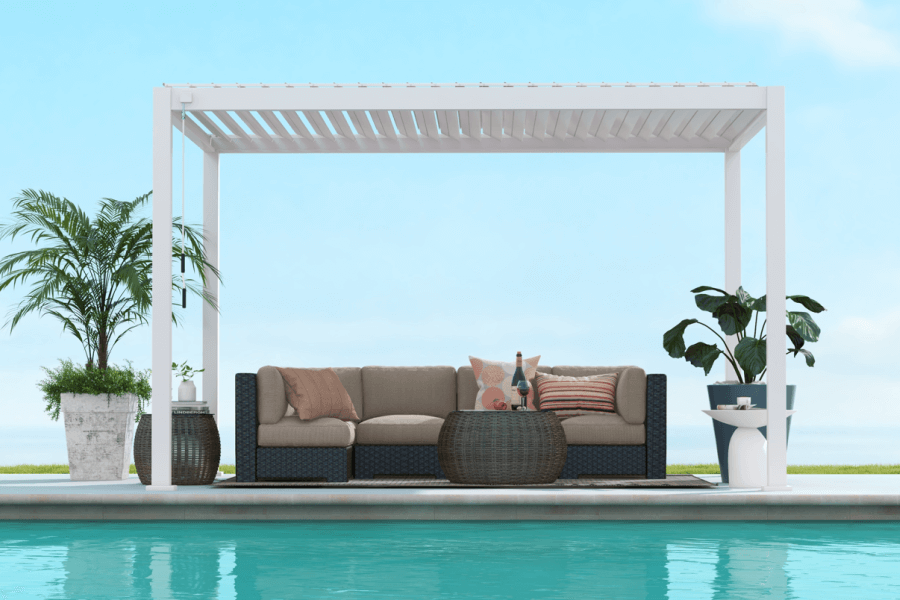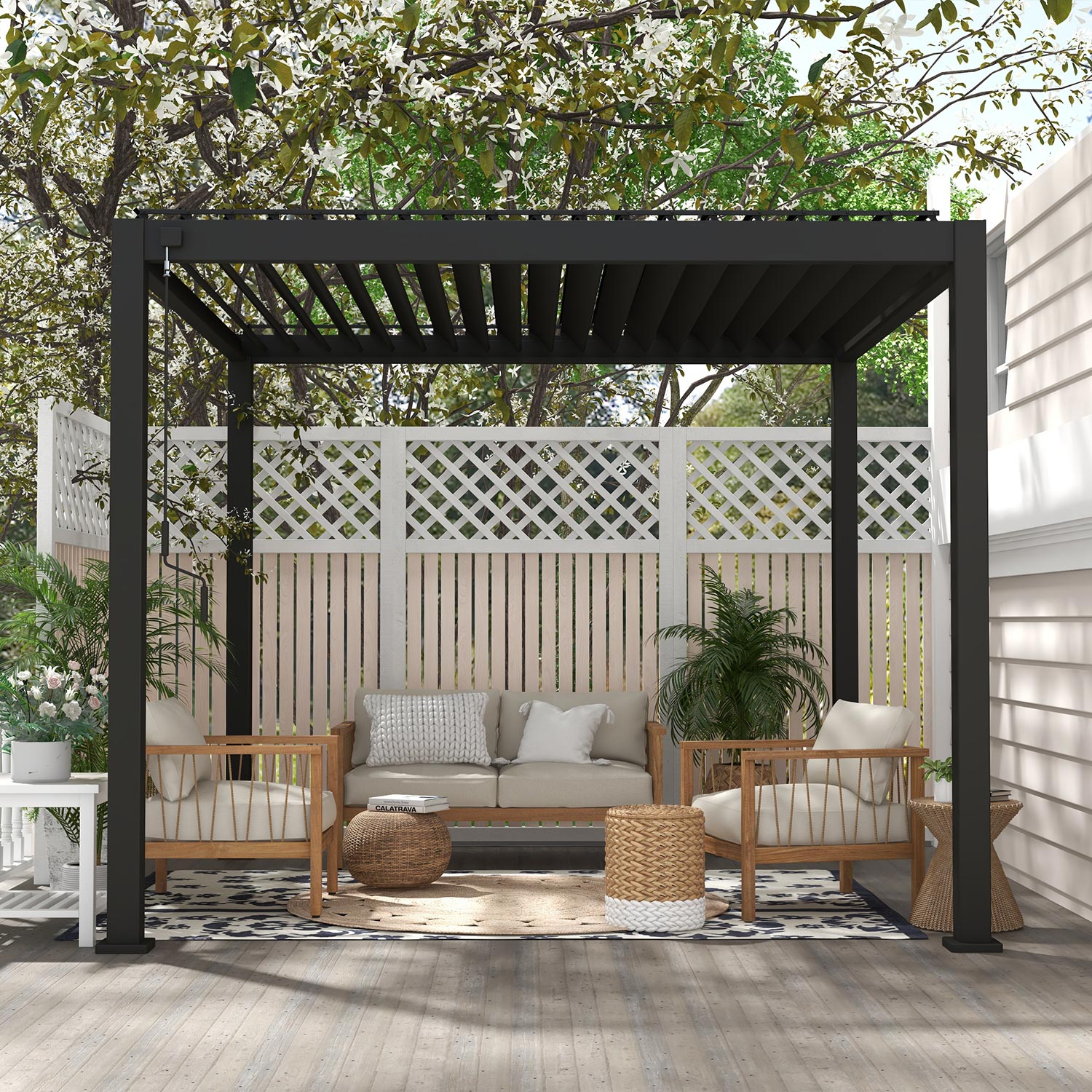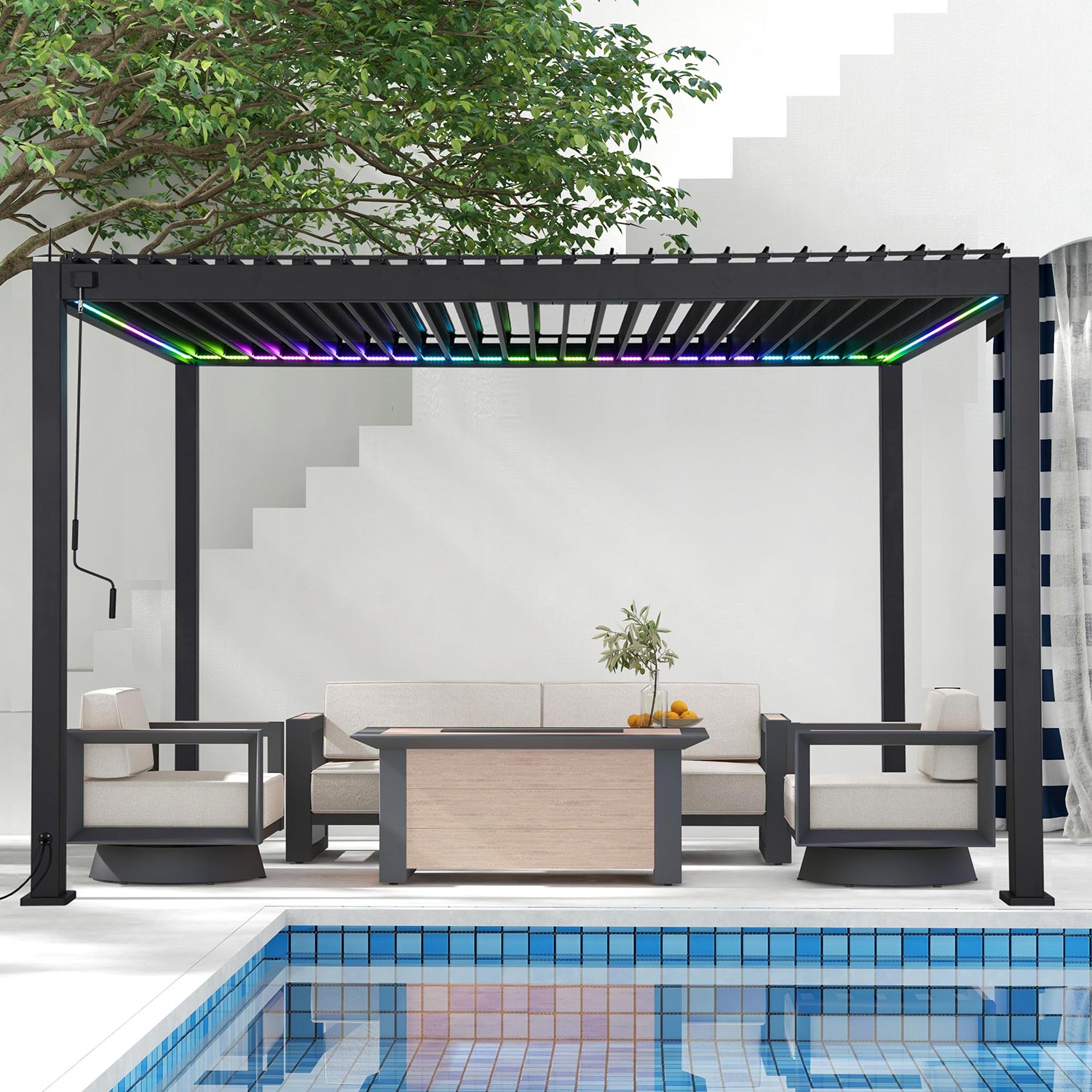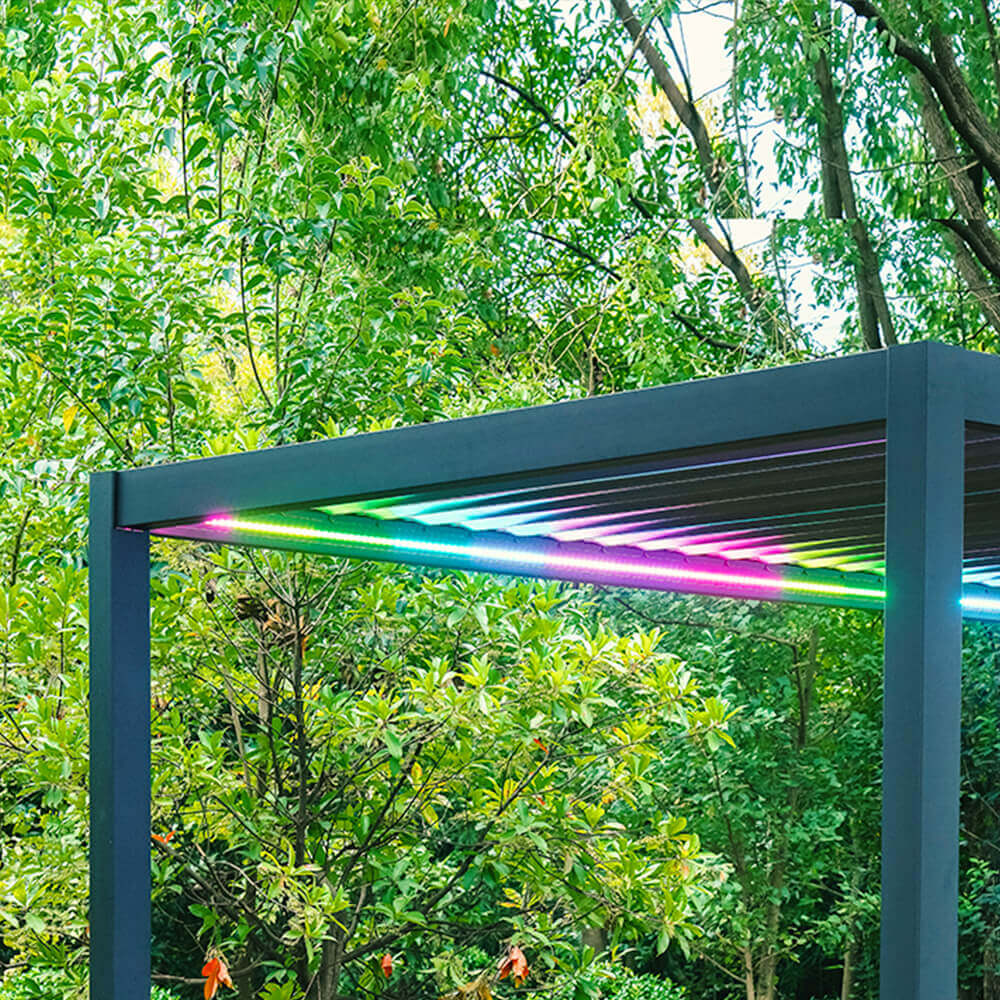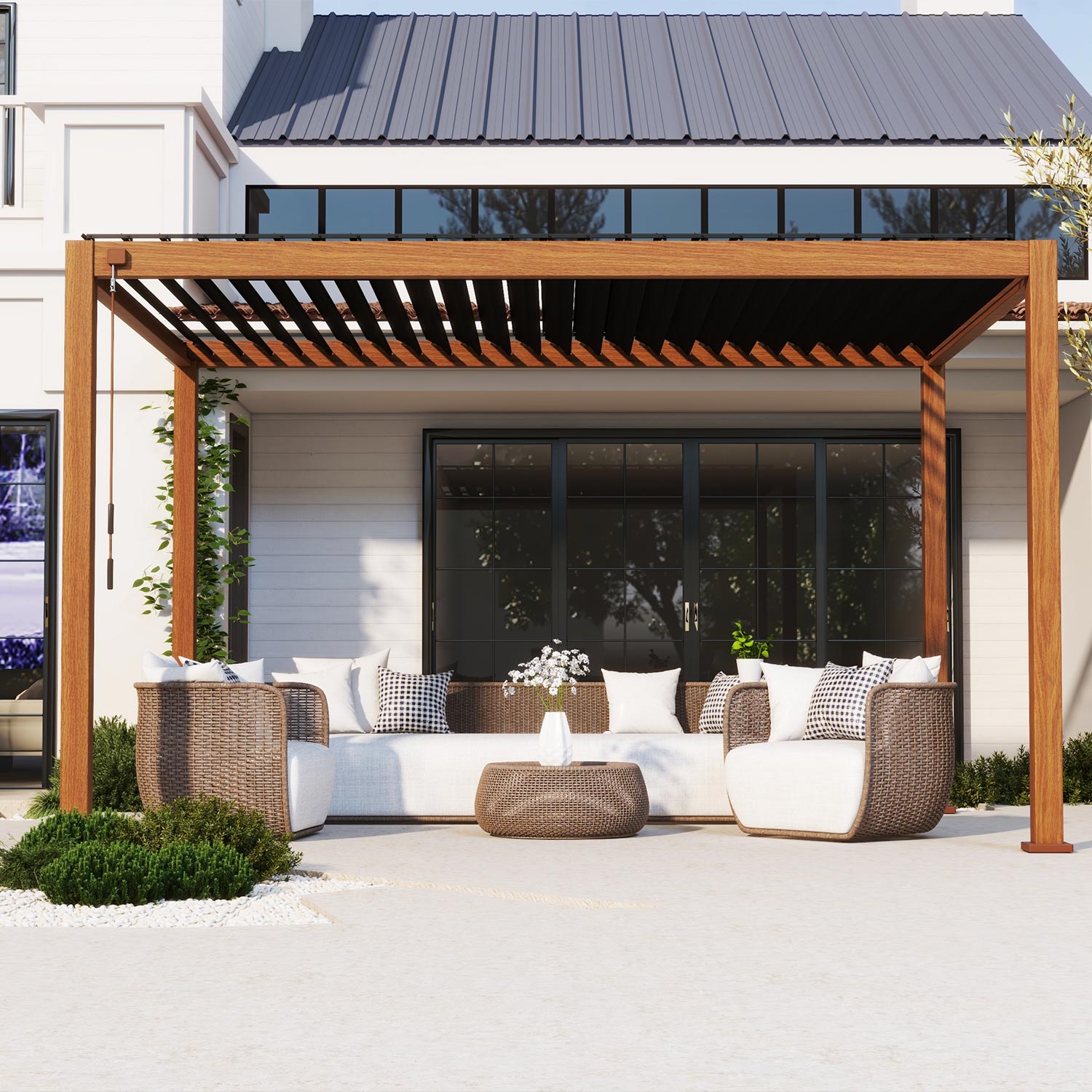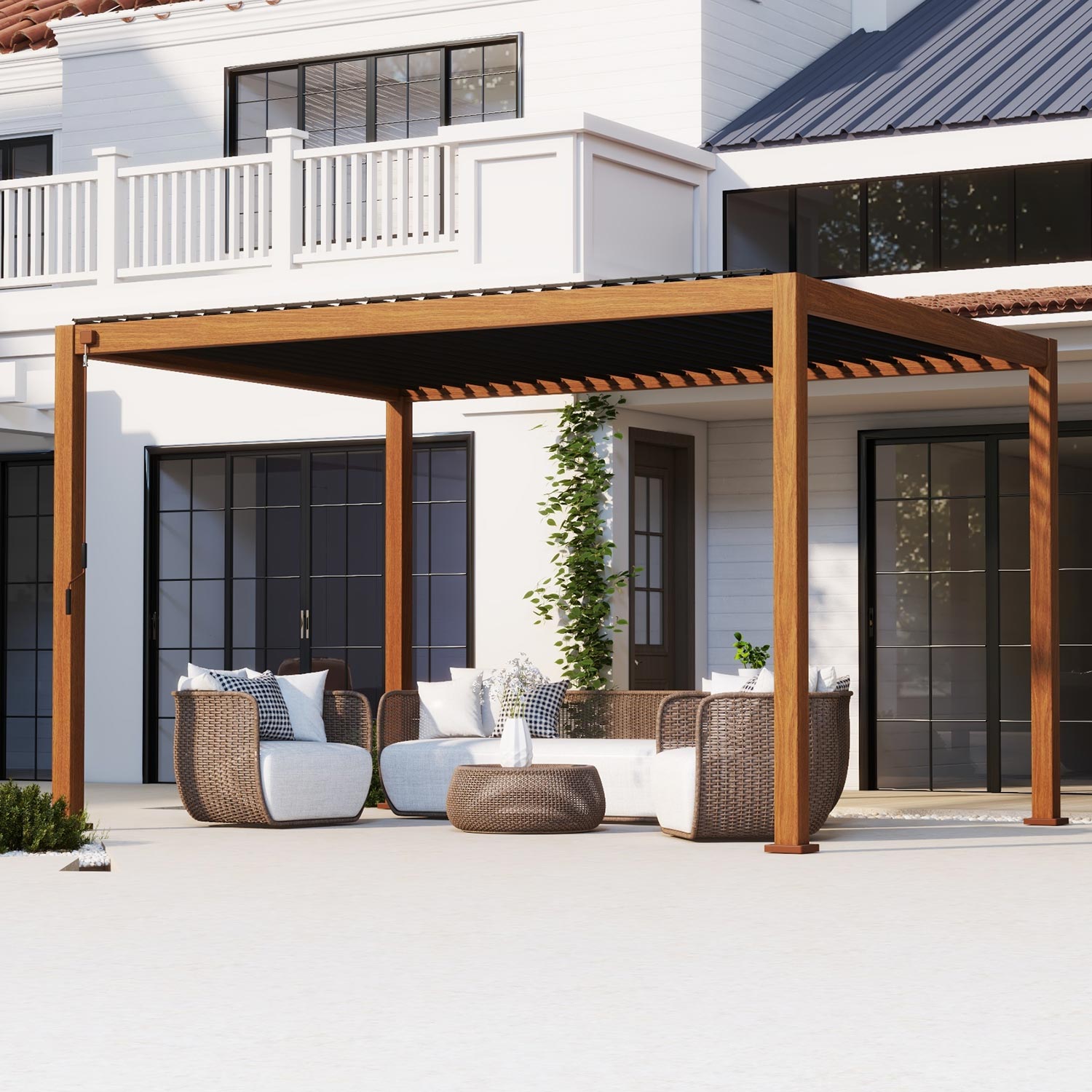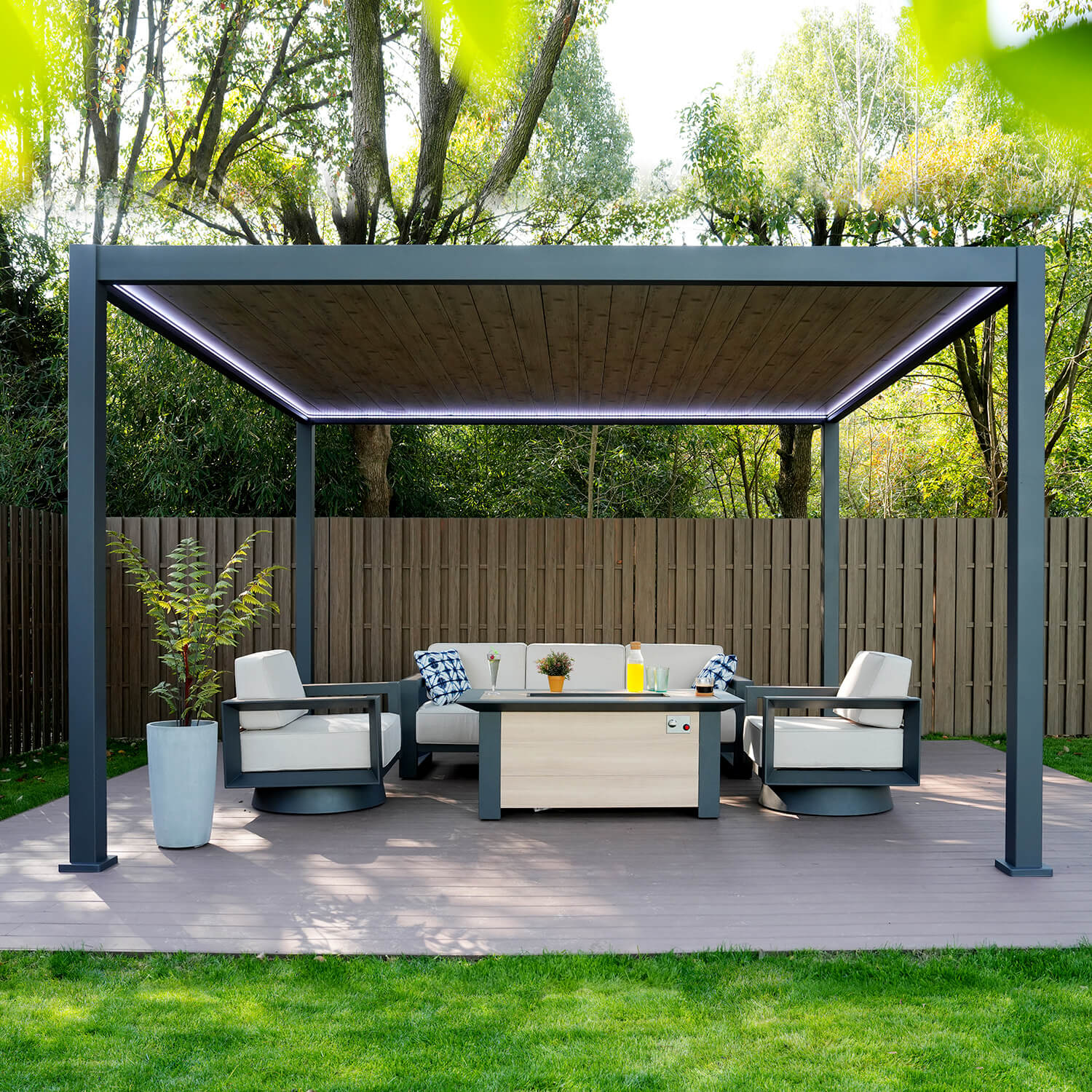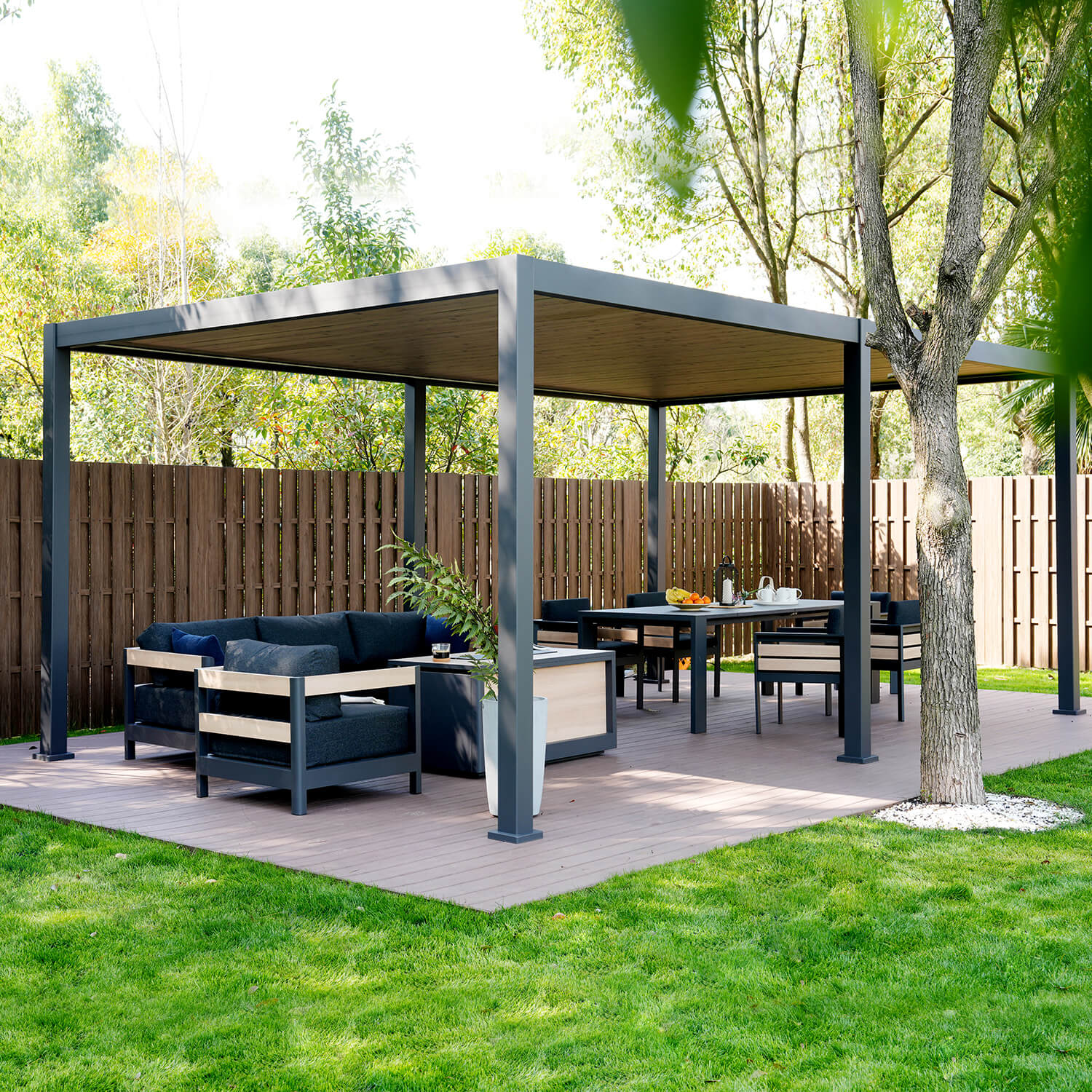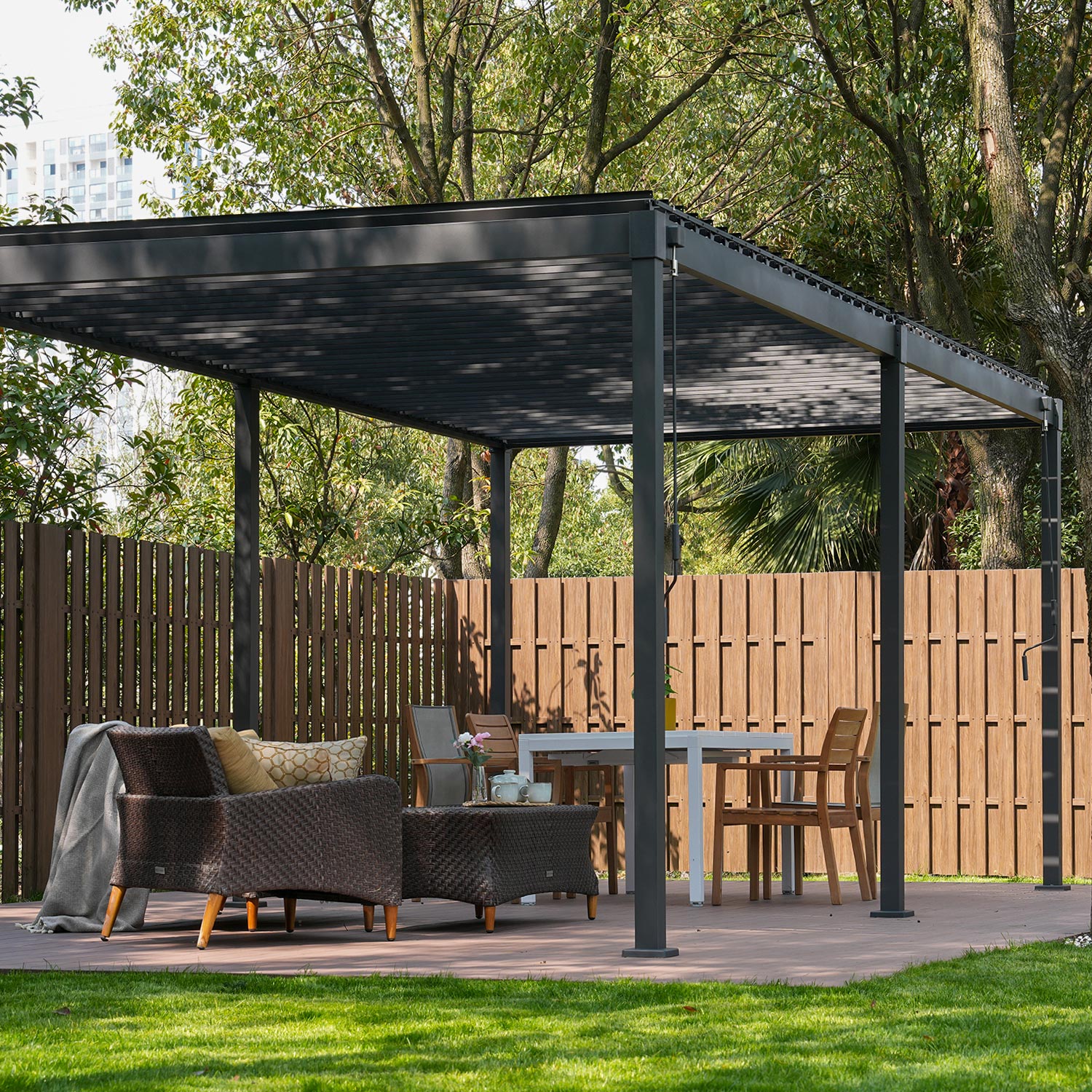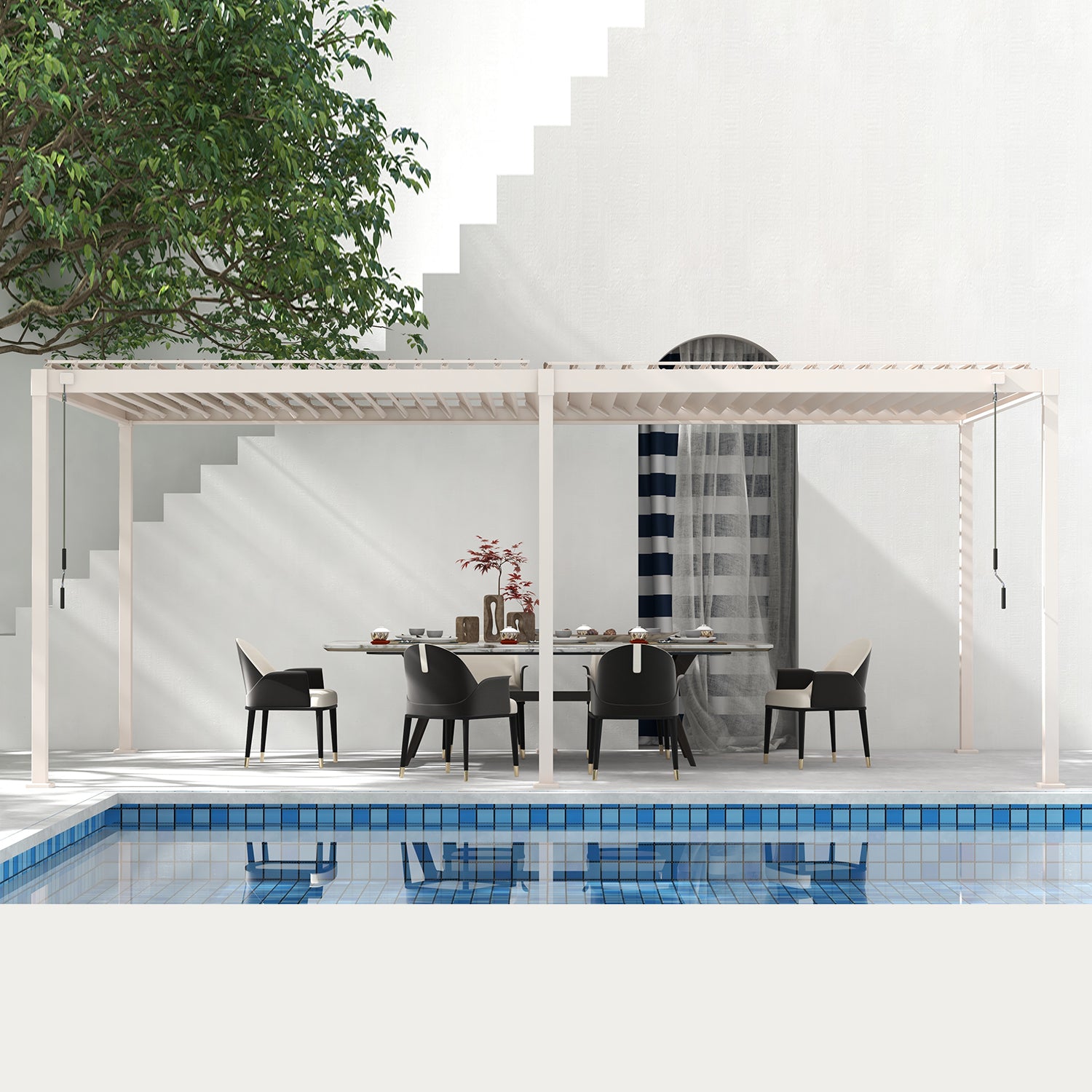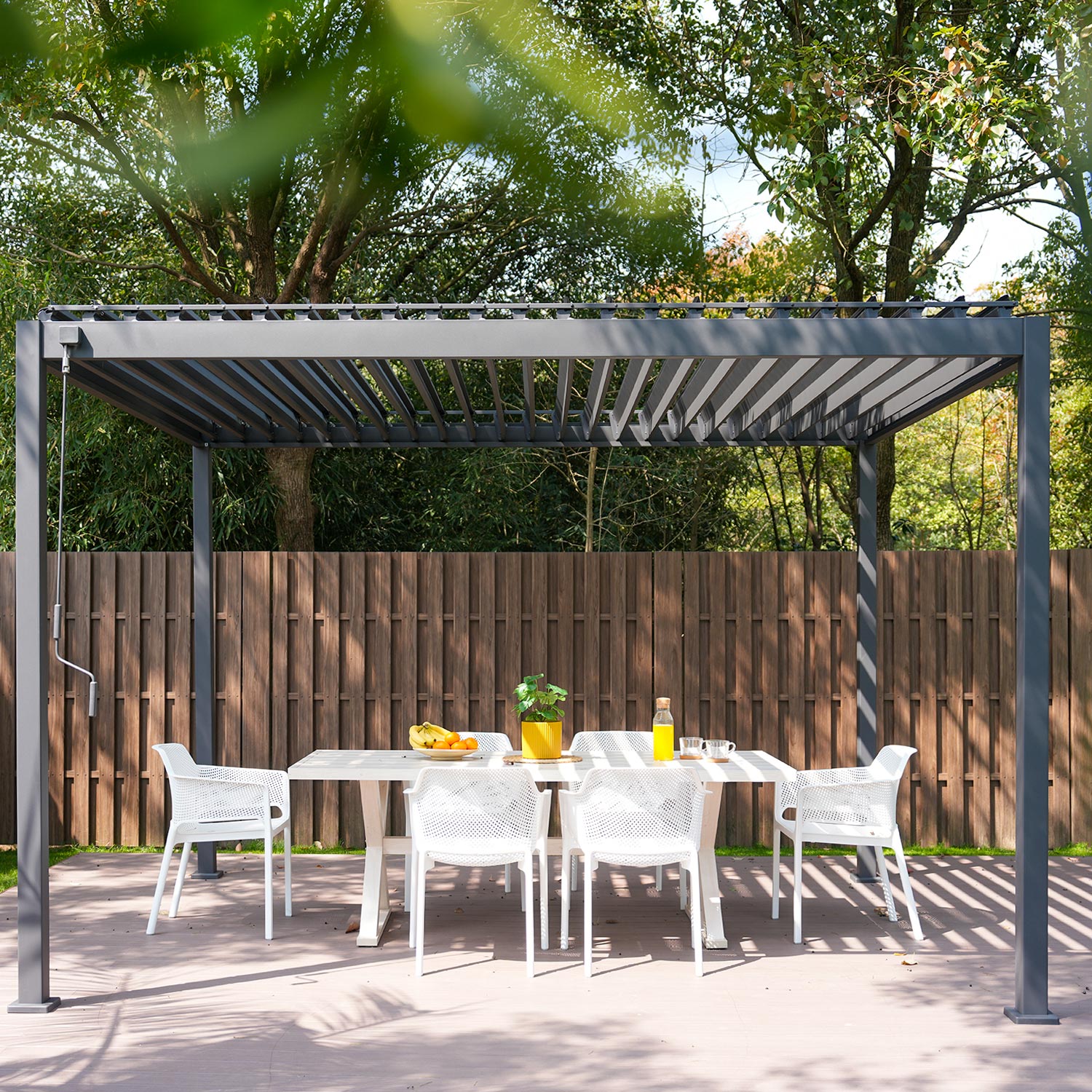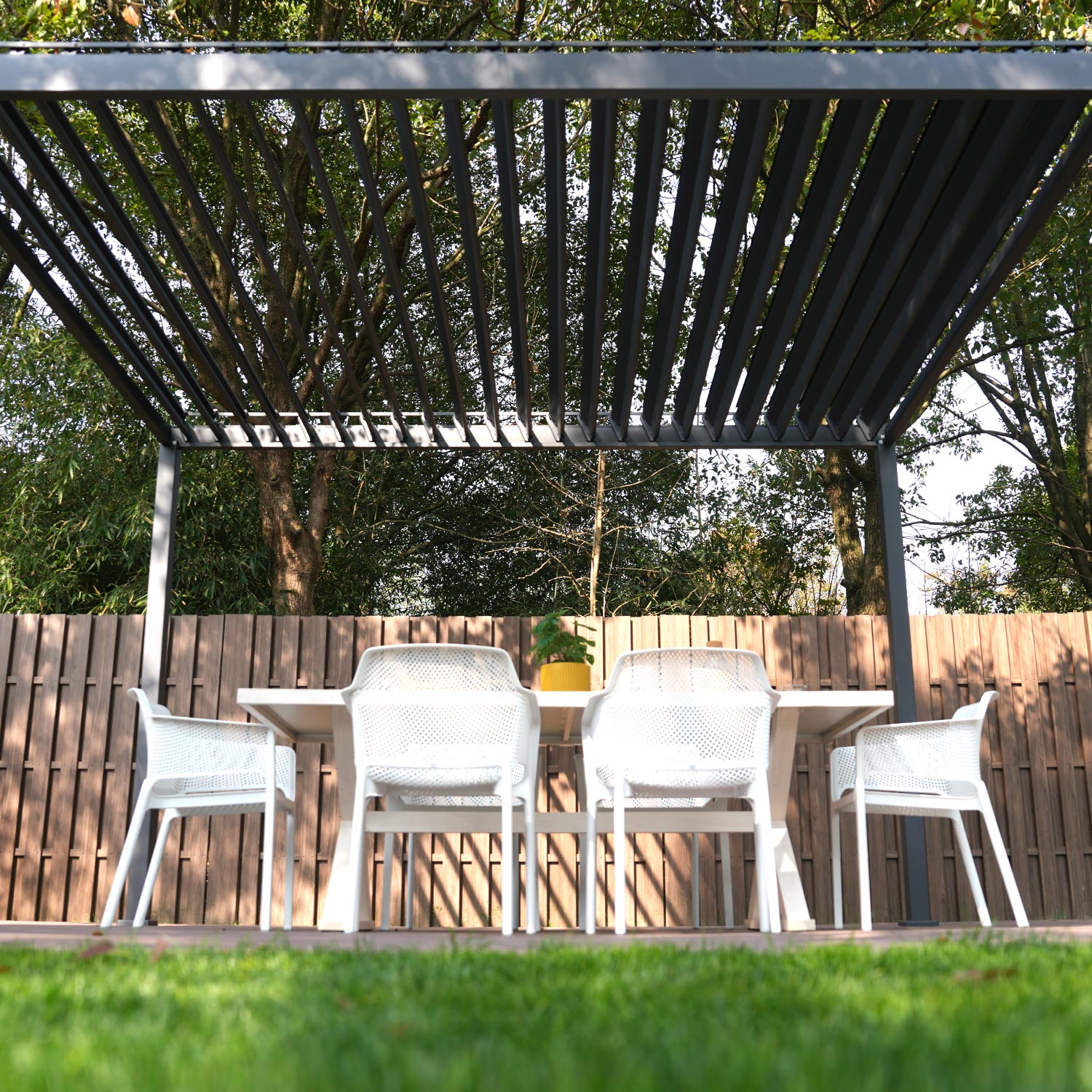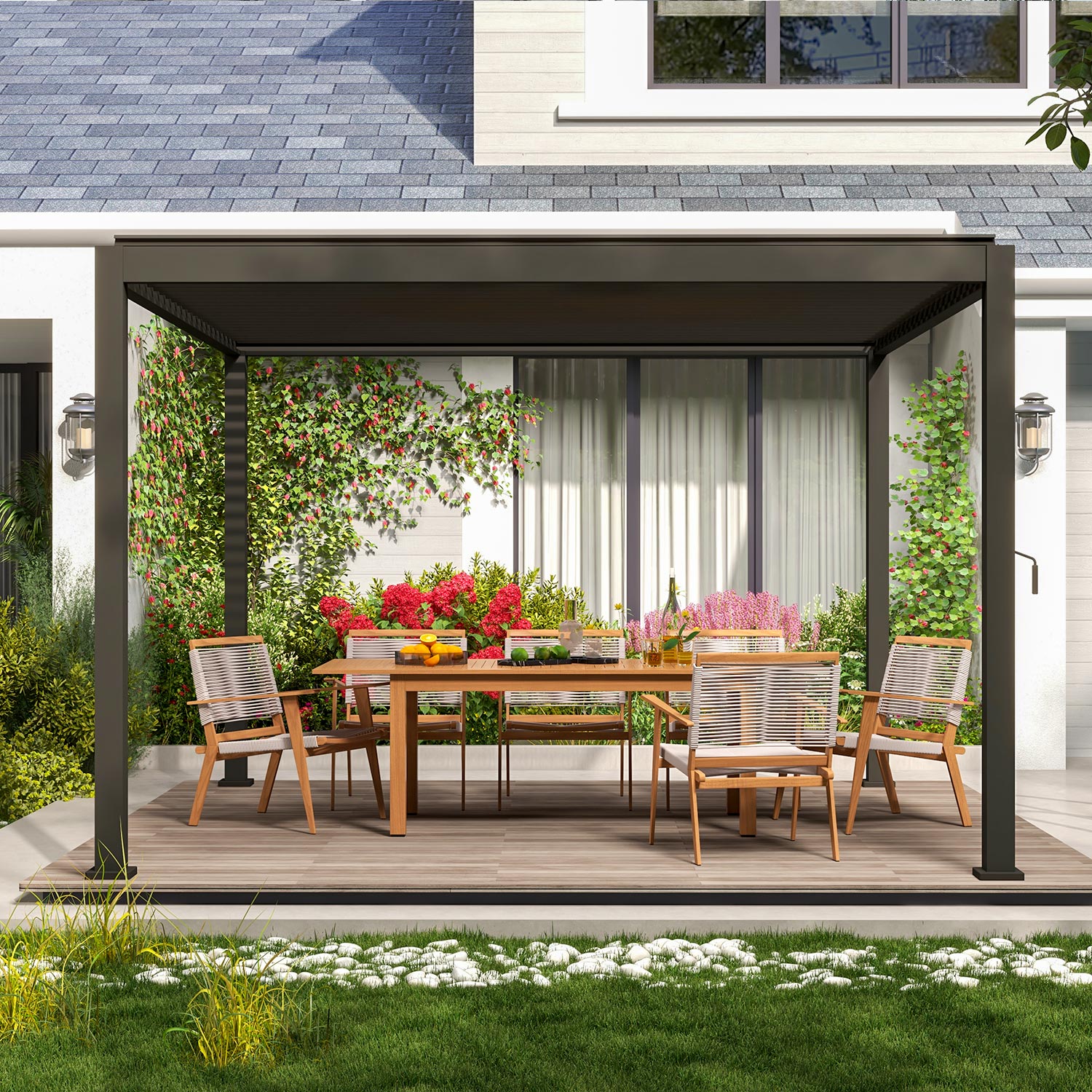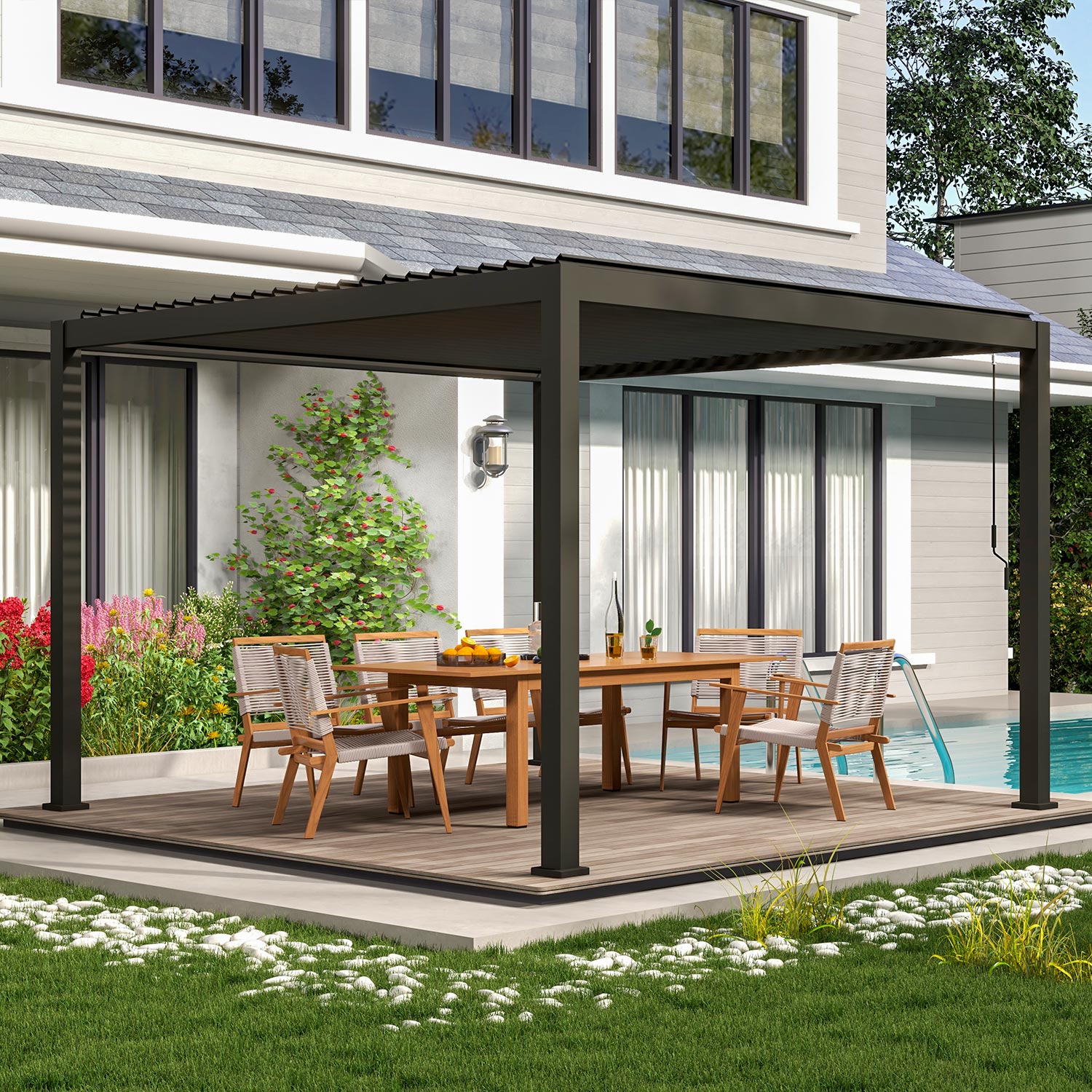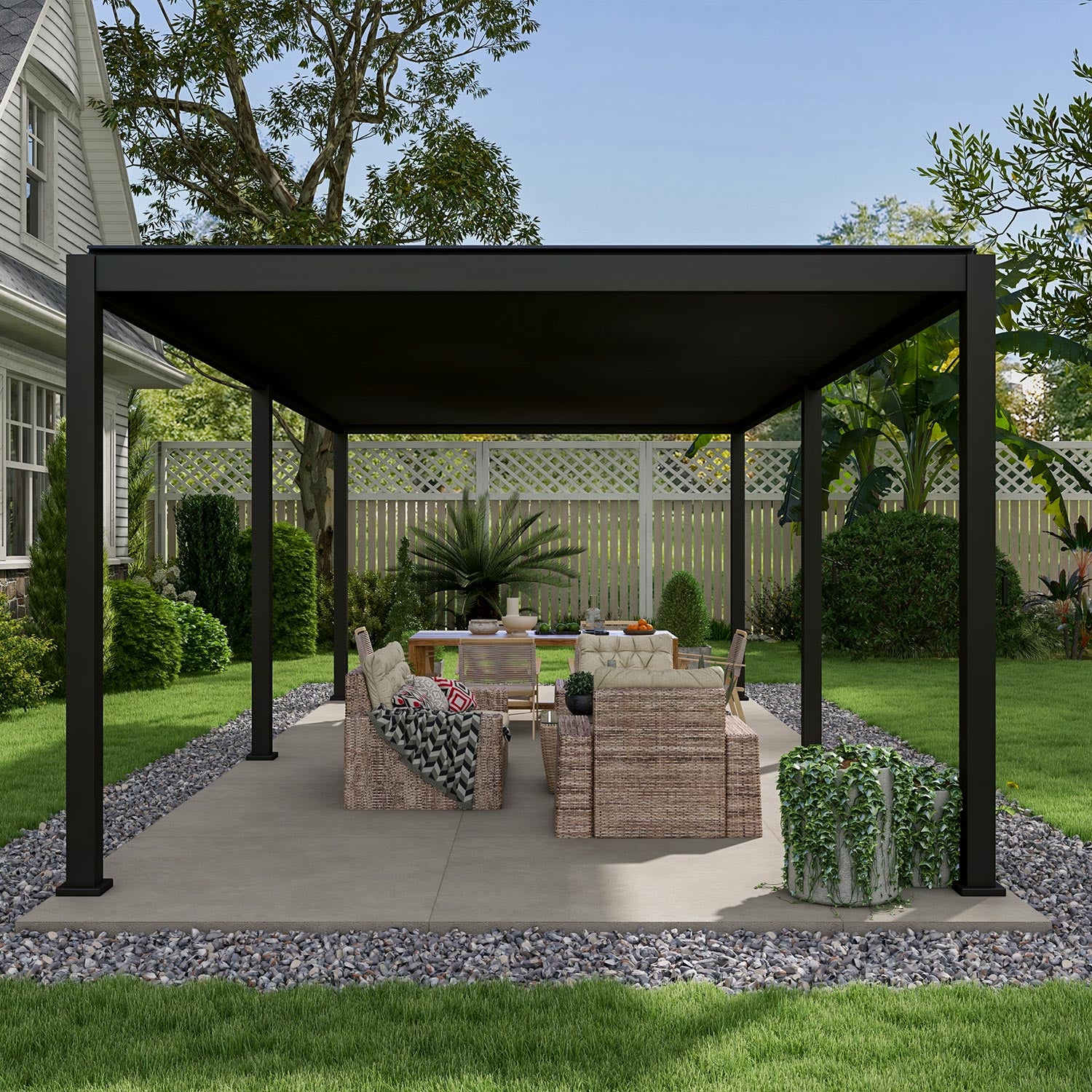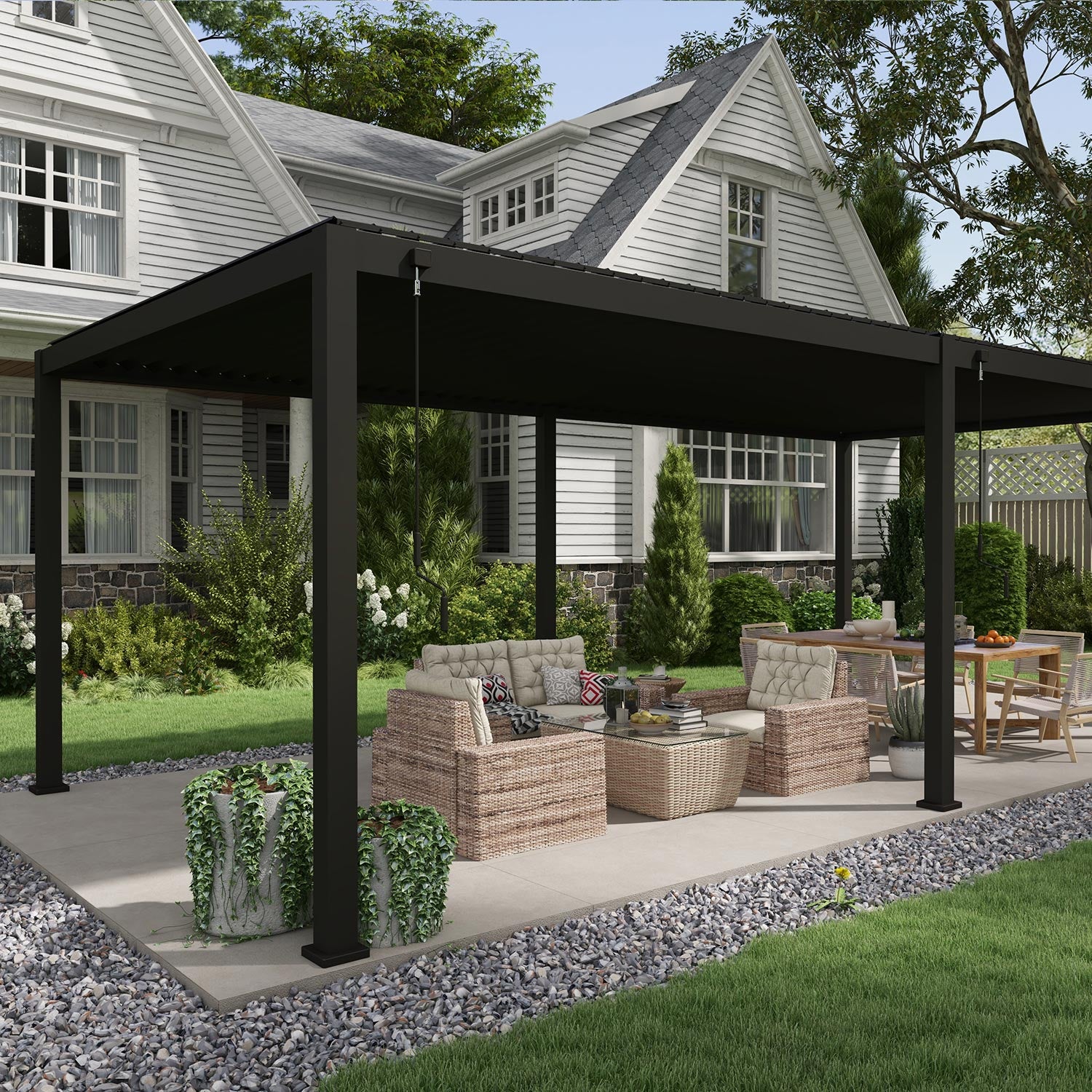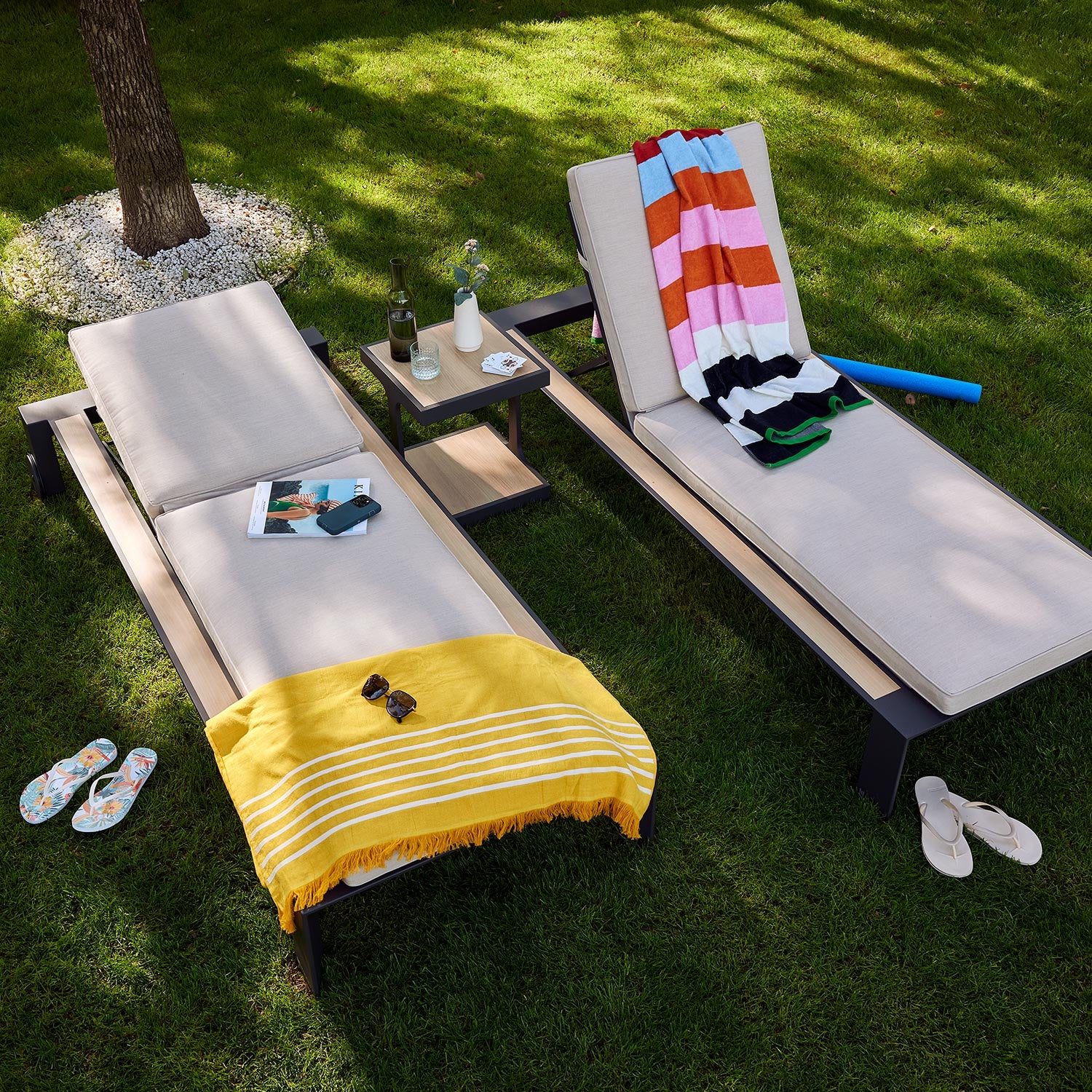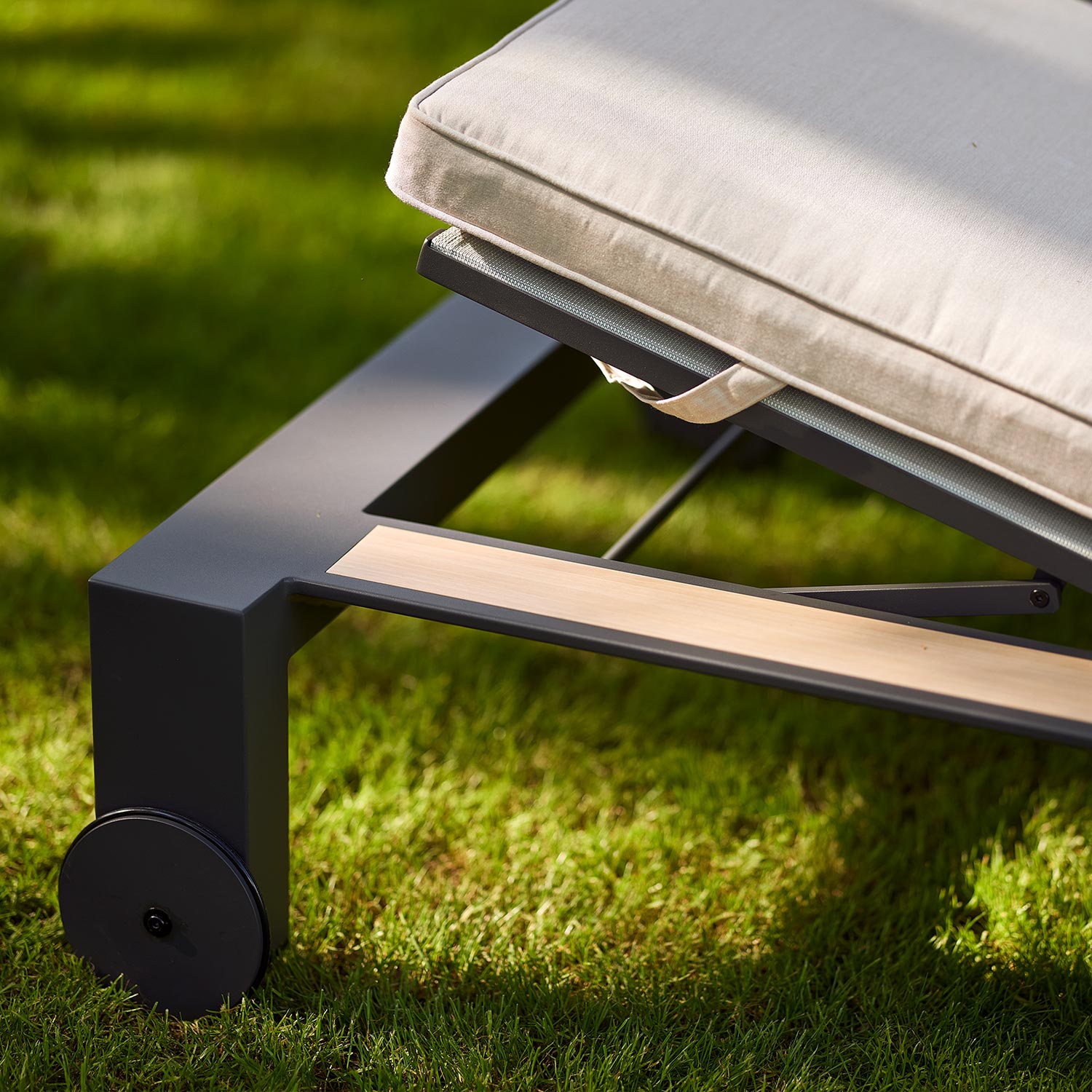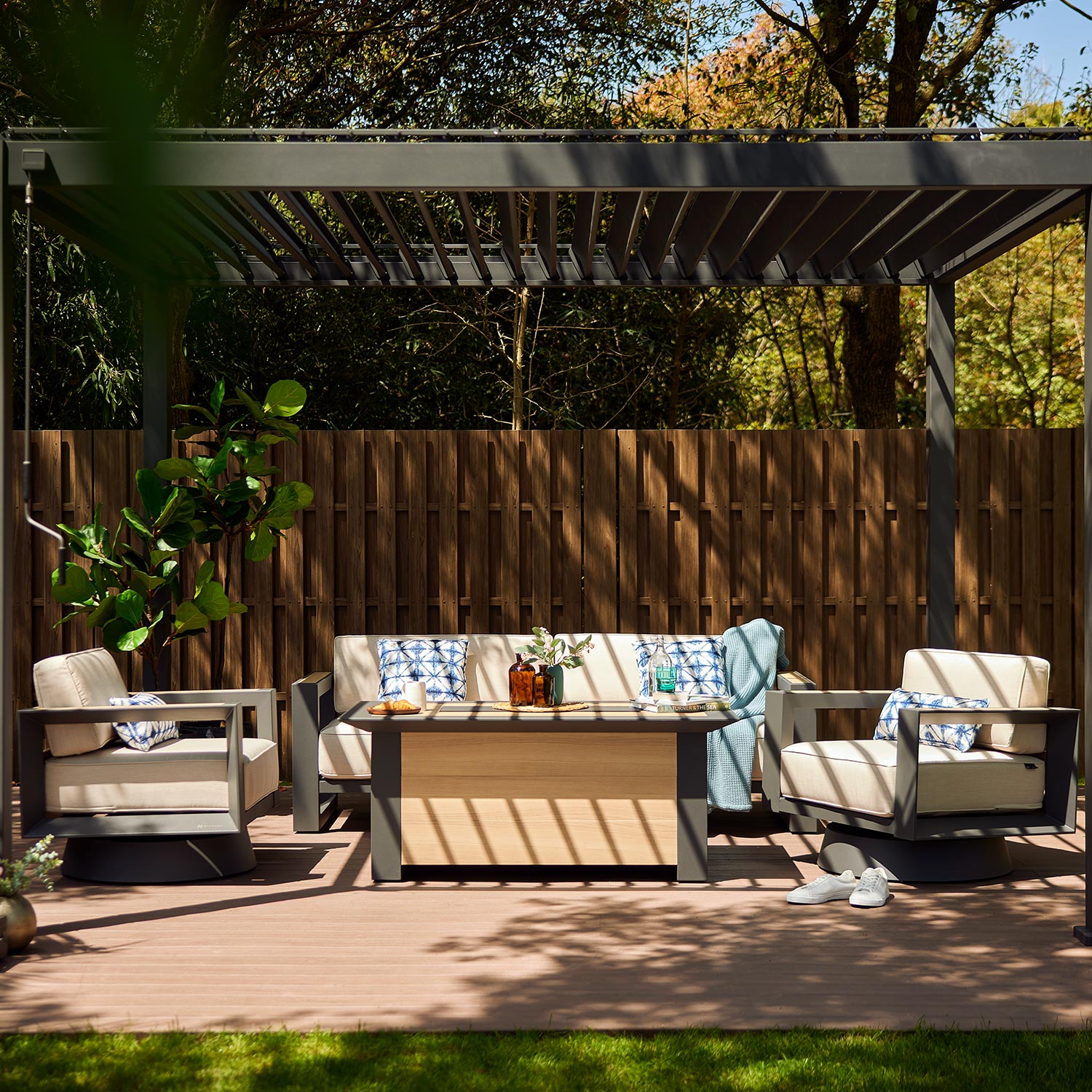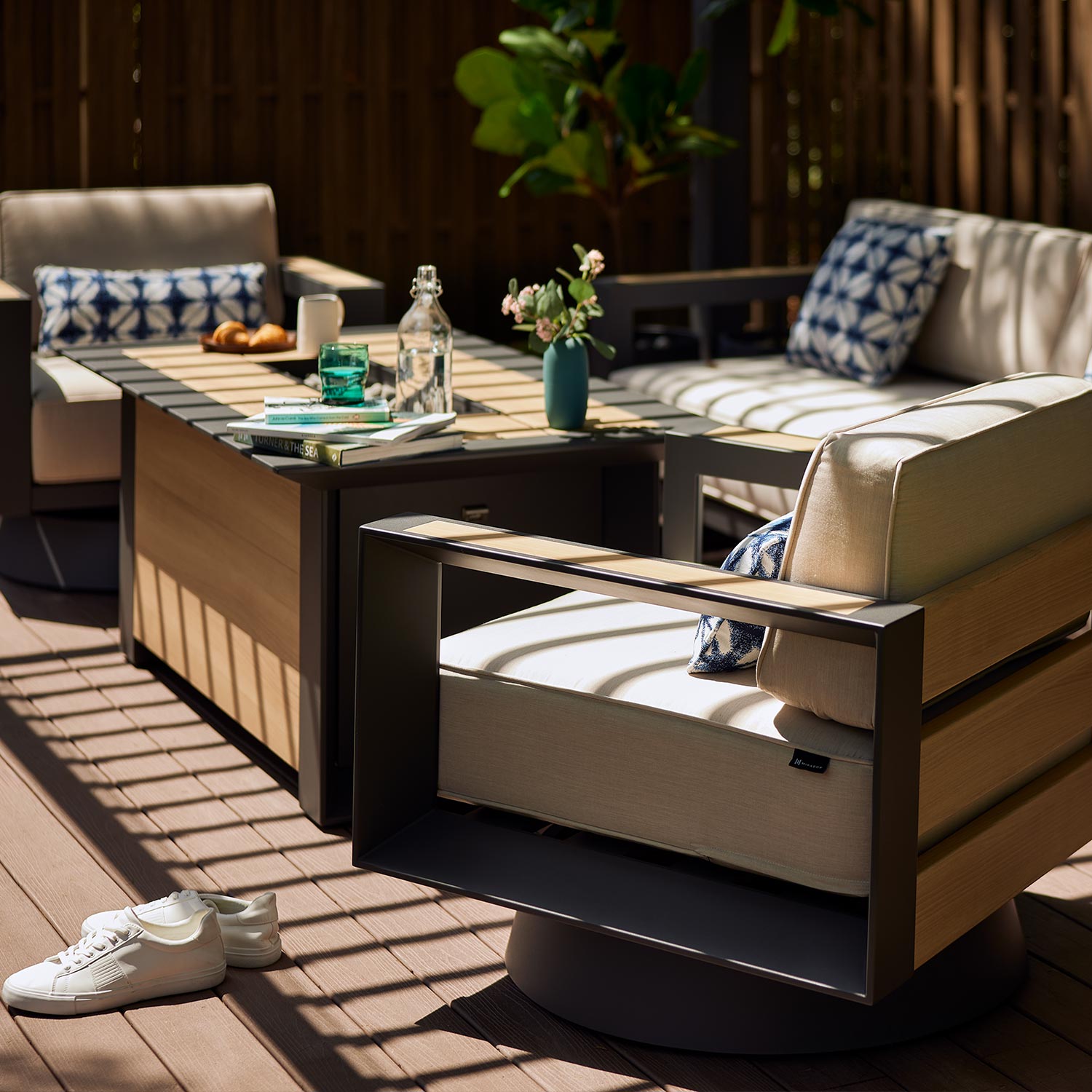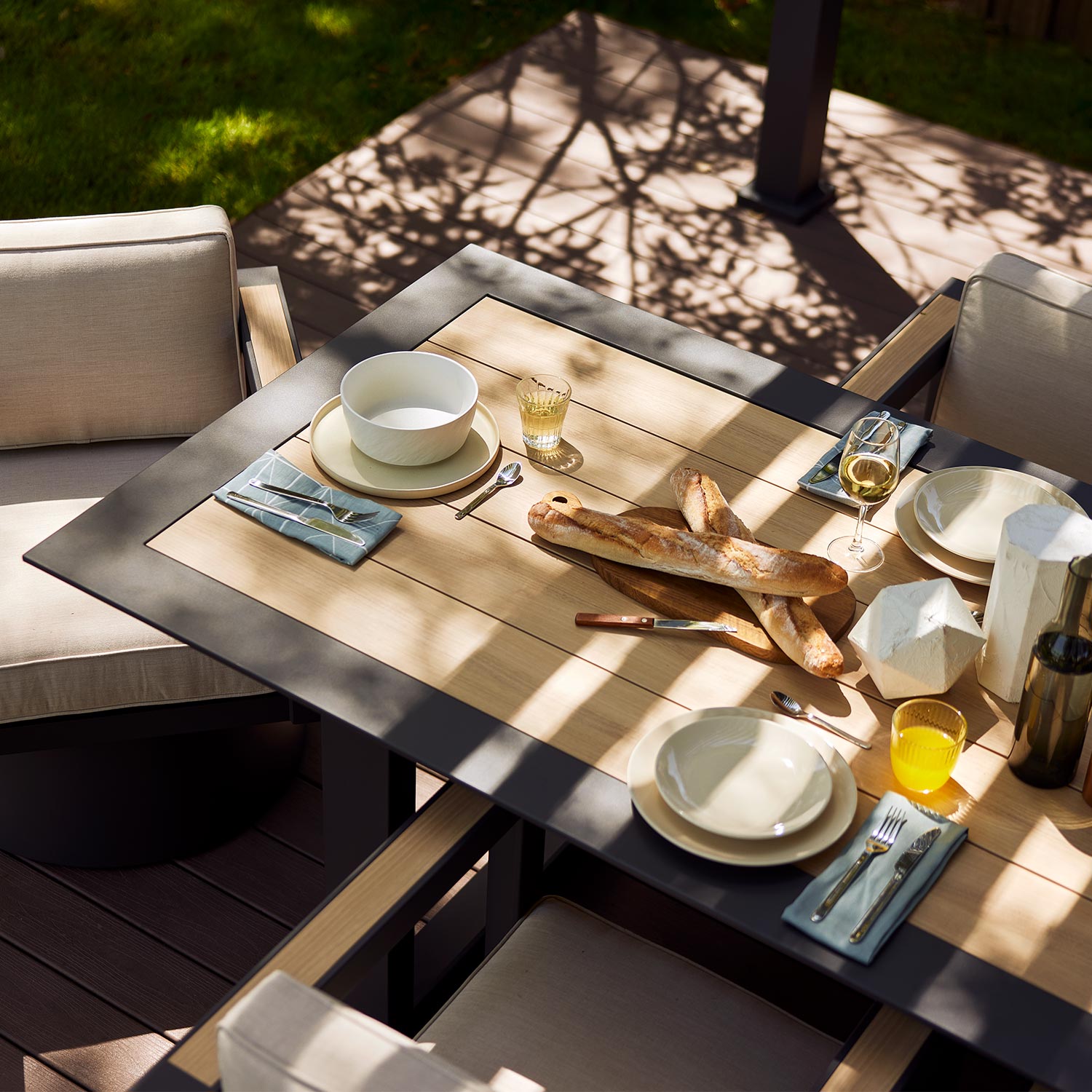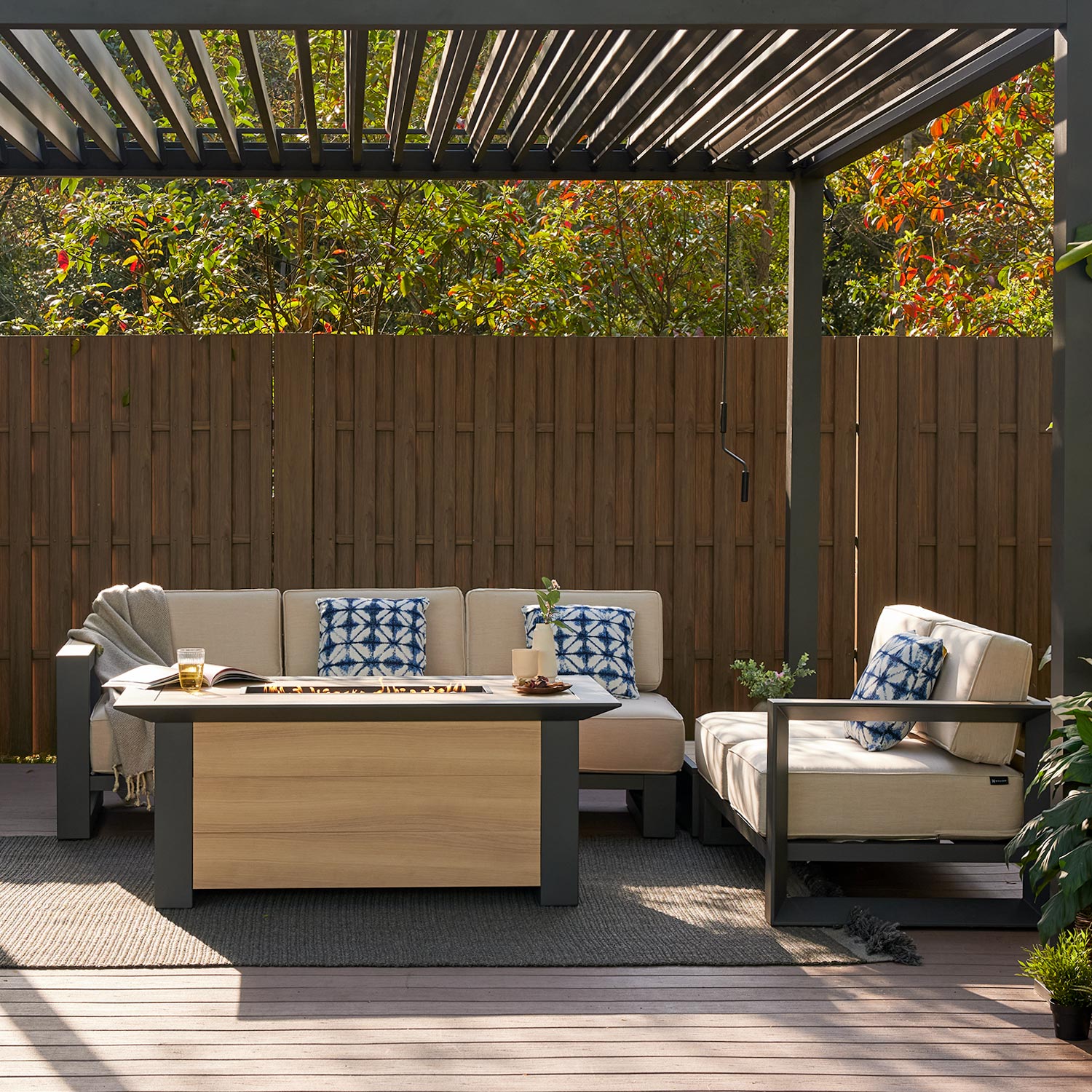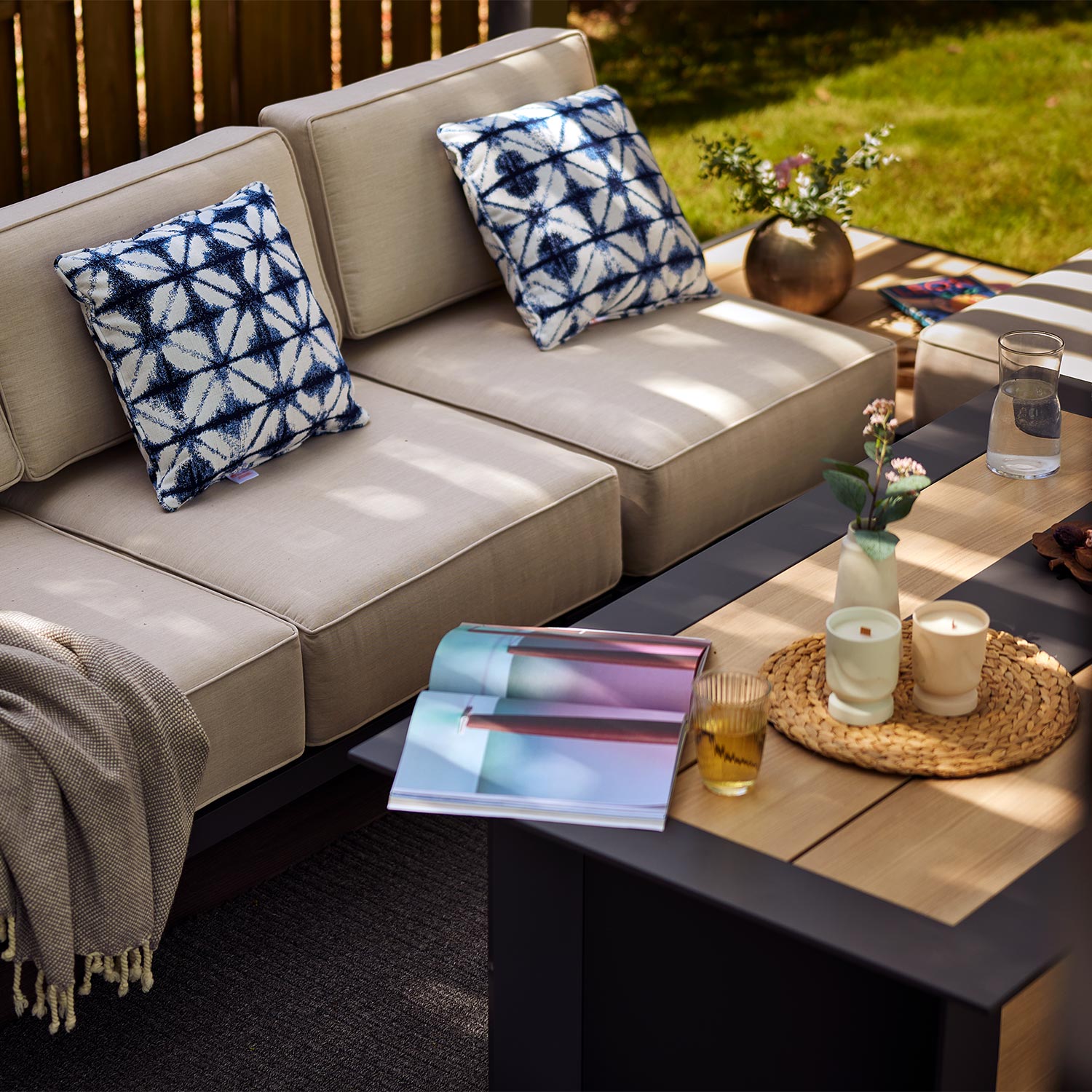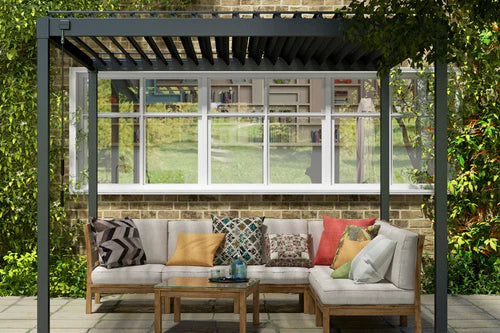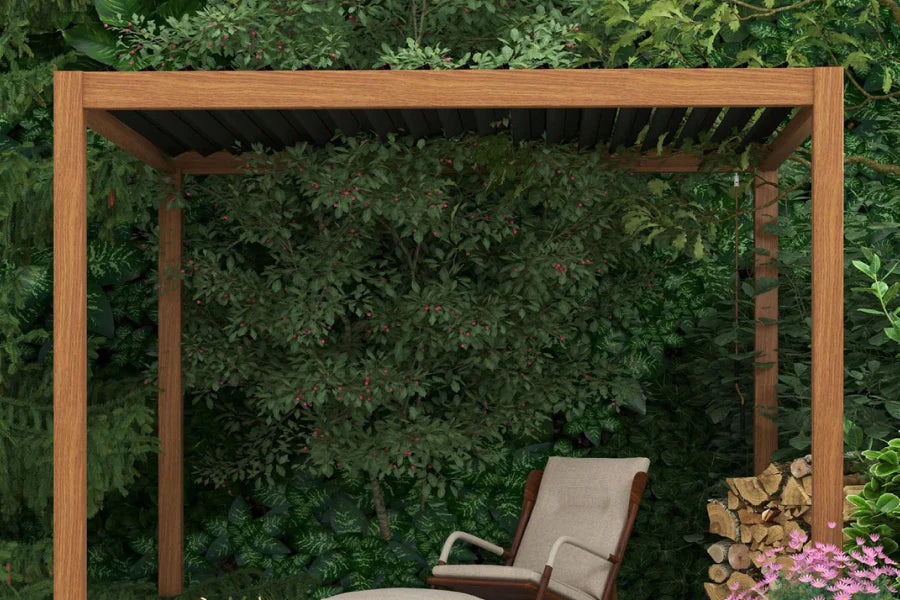Pergolas have become increasingly popular in recent years as a way to add both style and function to outdoor spaces. Whether you want to create a beautiful garden feature or provide a shaded area for relaxation and entertainment, a pergola can be the perfect addition to your backyard. In this comprehensive guide, we will explore everything you need to know about pergolas and their installation.
What is a Pergola?
At its core, a pergola is an open-air structure characterized by a framework of vertical posts or pillars that support cross-beams and a durable open lattice, often creating a shaded passageway, walkway, or sitting area. The design of a pergola is inherently versatile, allowing it to adapt to various settings and purposes, from ornamental garden features to practical outdoor extensions of living spaces.
Historically, the pergola has roots dating back to ancient civilizations, with its origins traced to ancient Egypt and Rome. The term "pergola" itself finds its roots in Latin, meaning a projecting eave. These early iterations of pergolas were often used as pathways in gardens, adorned with climbing plants and vines, creating a harmonious blend of nature and architecture.
In contemporary settings, the pergola has evolved beyond its historical roots and has become a staple in modern landscape design. The versatility of this structure is showcased in its ability to serve a multitude of purposes. Pergolas can function as a standalone focal point, providing a visually striking element in a garden or yard. They can also be seamlessly integrated into existing structures, such as a deck or patio, extending the living space outdoors.
The primary purpose of a pergola is to create a defined space that bridges the gap between the indoors and outdoors. Unlike enclosed structures, pergolas maintain an open and airy feel while providing some level of protection from the elements. Their open lattice design allows for adequate ventilation and natural light, creating a comfortable environment for outdoor activities.
One of the defining features of a pergola is its ability to support and showcase climbing plants and vines. The lattice structure not only adds a touch of natural beauty but also offers an opportunity for homeowners to personalize their pergolas with an array of lush greenery and vibrant blooms. As the plants grow and intertwine with the structure, the pergola evolves into a living, breathing element of the landscape.
Pergolas can be weatherproof with an adjustable roof, making them a versatile and functional addition to any outdoor space. One such type is the bioclimatic pergola, which combines the beauty of a traditional pergola with the practicality of an adjustable roof. This innovative design allows homeowners to control the amount of sunlight and ventilation that enters the space, creating a comfortable and enjoyable environment throughout the year. Whether it's a scorching summer day or a rainy autumn evening, a pergola with an adjustable roof provides the flexibility to adapt to changing weather conditions. With just a simple adjustment, you can transform your outdoor area into a shaded retreat or an open-air oasis, making it the perfect spot for relaxation, entertaining, or simply enjoying the beauty of nature.
Installation of a pergola requires careful consideration of the intended purpose, location, and design aesthetics. While some homeowners may opt for a DIY approach, others may choose to enlist the help of professionals to ensure a seamless integration with their outdoor space. Materials used in the construction of pergolas can vary, with choices ranging from traditional wood to modern, low-maintenance materials like vinyl or aluminum.
Factors to Consider Before Installation
While the idea of having a pergola in your backyard may be appealing, there are several important factors to consider before jumping into the installation process. Here are a few key points to keep in mind:
Purpose and Function: Determine how you plan to use your pergola. Will it serve as a lounging area, an outdoor dining space, or simply a decorative feature? Understanding its purpose will help you choose the right size, design, and location.
Local Regulations: Check with your local authorities regarding any permits or regulations necessary for installing a pergola. Some areas may have specific rules regarding height, setbacks, and construction materials.
Materials: Selecting the right materials is crucial for the longevity and aesthetics of your pergola. Wood is a popular choice due to its natural look and versatility, but metal and vinyl options may be more durable and require less maintenance.
Design and Style: Consider the overall design and style of your outdoor space. You want your pergola to complement the existing architecture and landscape. Explore different options, such as freestanding or attached pergolas, and choose a design that fits seamlessly into your backyard.
Pergola and Installation
Once you have completed the necessary preparations, it's time to dive into the installation process. here is a general step-by-step guide to help you properly install your pergola:
-
Start by preparing the installation area. Clear the ground of any debris, rocks, or plants. Ensure that the area is level and free from any obstructions.
-
Begin by assembling the four pillars of the pergola. Follow the instructions provided in the document to connect the different sections of each pillar. Use the appropriate tools and hardware to secure the connections.
-
Once the pillars are assembled, position them in the desired location. Ensure that they are evenly spaced and aligned according to the dimensions specified in the document. Use a level to check for accuracy.
-
Secure the pillars to the ground by anchoring them with concrete footings. Dig holes at the designated spots for each pillar and pour concrete into the holes. Insert the pillars into the wet concrete and allow it to dry and set according to the recommended time frame.
-
After the pillars are securely anchored, proceed to install the cross beams and rafters. Follow the instructions provided in the document to attach these components to the pillars. Use the recommended hardware and fasteners to ensure stability and durability.
-
Once the cross beams and rafters are in place, it’s time to install the louvers or slats. These adjustable elements provide shade and protection from the sun. Follow the instructions in the document to attach the louvers securely to the structure.
-
After the louvers are installed, check the overall stability and alignment of the pergola. Make any necessary adjustments to ensure that it is level and structurally sound.
-
Finally, apply any recommended finishes or treatments to protect the pergola from weather elements. This may include staining, painting, or sealing the wood components.
-
Regularly inspect and maintain the pergola to ensure its longevity and functionality. Clean the structure periodically and make any necessary repairs or adjustments as needed.
By following the detailed instructions of Mirador Pergola Installation Guide, you can ensure a proper and secure installation of your pergola. With its adjustable roof system and optional additions, this pergola will not only provide shade but also enhance the visual appeal of your outdoor space. So, don’t hesitate! Take your backyard to the next level with the Mirador aluminum pergolas and start transforming your outdoor oasis today.





